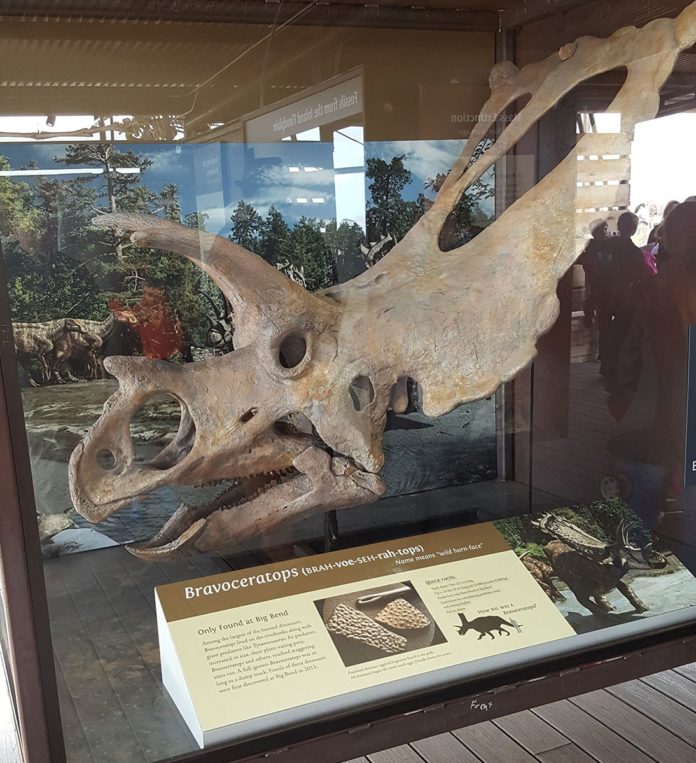A team of researchers working in South Africa have reported the discovery of a new dinosaur called Ledumahadi mafube, which means “a giant thunderclap at dawn” in the Sesotho language. It lived 200 million years ago during the Early Jurassic period. It weighed 26,000 pounds, which made it the largest dinosaur of its time.
L. mafube, which weighed as much as two large African elephants put together, was an early sauropodomorph or relative of the sauropod dinosaurs. It was thus related to massive, quadrupedal dinosaurs like Apatosaurus and Brachiosaurus.
The researchers described their find in the science journal “Current Biology.” Blair McPhee, who had been a graduate student of Jonah Choiniere, a professor of paleontology at the University of the Witwatersrand in Johannesburg, found the bones in South Africa’s Free State Province in 2012. It took the team several years to excavate the bones, and they found that they belonged to an adult dinosaur that had been around fourteen years old at the time of its death.
The researchers consider L. mafube to be a transitional species. Sauropods walked on all fours and had columnar legs resembling those of elephants, but they had bipedal ancestors. While sauropods had straight legs, L. mafube had bent and crouching front legs.
The researchers were, therefore, not sure whether the dinosaur walked on two legs or on all fours. To learn the answer, they compiled data on other dinosaurs and animals that included measurements of the length and thickness of their legs. The scientists compared the results between the bipeds and the known quadrupeds, and they found that L. mafube’s measurements were most like those of the quadrupedal animals. They also found that some other dinosaur species had, like L. mafube, made the transition from biped to quadruped. The scientists now believe that quadrupedalism developed at least twice in sauropodomorphs before they also gained the ability to walk with wholly straight limbs.
L. mafube was also a close relative of some of the giant dinosaurs that had lived in Argentina. That supports the theory that Pangaea, a huge landmass composed of all of the continents, hadn’t yet broken up. It was thus possible for dinosaurs to walk from Argentina to South Africa and back. Researchers have also found fossils of other dinosaurs, early mammals, and early turtles in the Free Province area. Choiniere and his team have continued working in the area to unearth more fossils from the Triassic and Jurassic periods.






